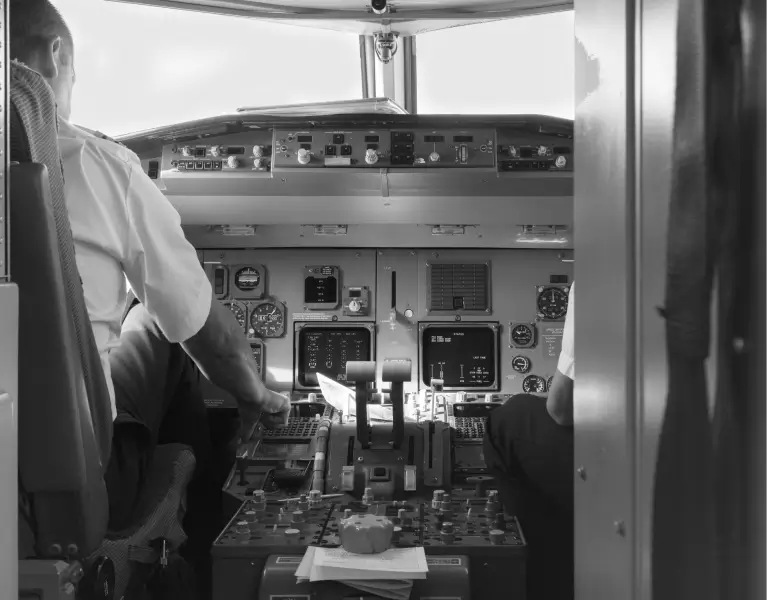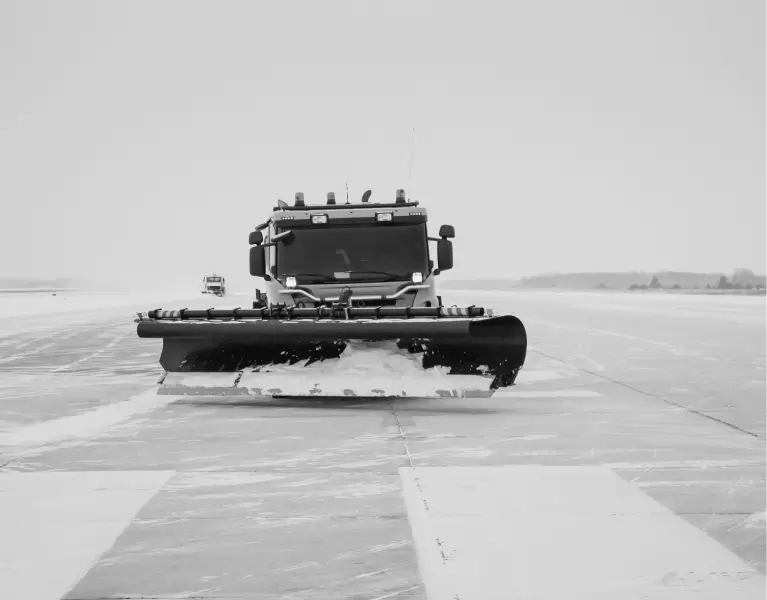Precision data for safer, more predictable landings
The ABARnet™ network from AST uses patented software to collect and analyze real-time performance data from onboard aircraft systems and sensors, including flight control surfaces, mechanical components, and parameters like speed, deceleration, temperature, and wind.
Using this data, AST software then generates scientifically accurate reports on the braking performance of a landing aircraft. This includes thrust reverser effect, aerodynamic drag, runway slope, and other forces. AST even measures component wear—tracking tire, brake, and thrust reverser health to help keep every landing at peak performance.
THE PROCESS
Using proven science for aircraft braking action reports
01: Capture data
As a participating aircraft lands, onboard sensors transmit approved braking and performance data directly to the AST software platform. The aircraft’s data sources feed our algorithms from the moment wheels touch down through the entire rollout.
02: Calculate friction
AST measures the wheel braking coefficient (actual friction) from touchdown to taxi. The software uses data science and machine learning to accurately assess braking performance. No deviations are perceptible, ensuring reliable and actionable insights.
*
AST's reporting network is self-learning, getting smarter with every new report.
23M+*
recorded landings, self-learning
7K+
more landings recorded each day
FAA
preferred tech
ANY
modern aircraft type supported
Real-time data, however you need it
Browser UI or API
Use AST through our browser-based interface for visual data insights, or integrate AST data into your existing systems via our free APIs — no extra dashboards needed.
Any format
Receive reports in any format — FICONs, RCAMs, NOTAMs, and more — to align with your existing standard operating procedures.
Upcoming features
New services are on the way, including Electronic Flight Bag (EFB) integration, friction forecasting, aircraft component wear monitoring, and contaminant level forecasting.












